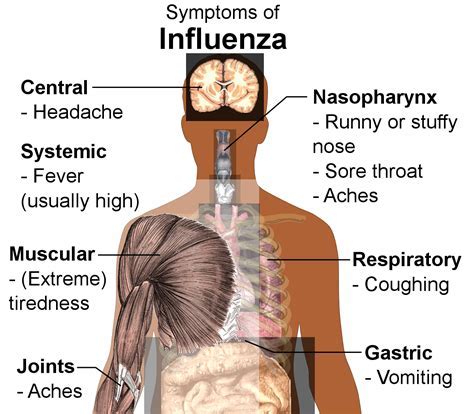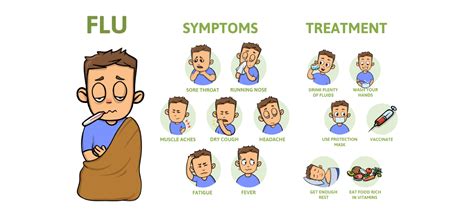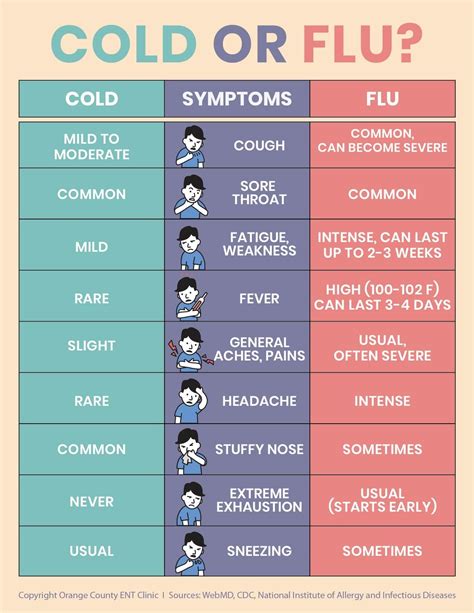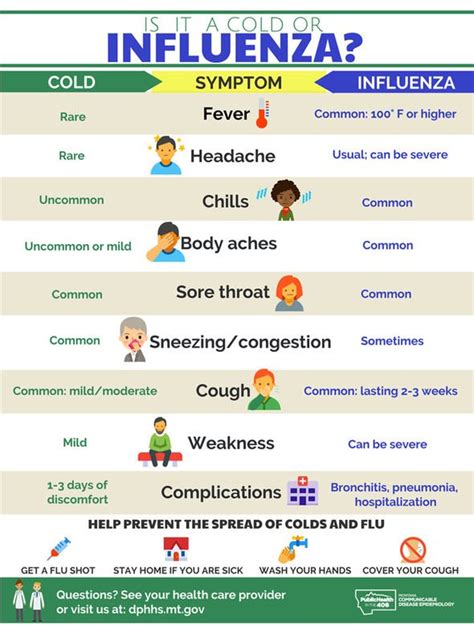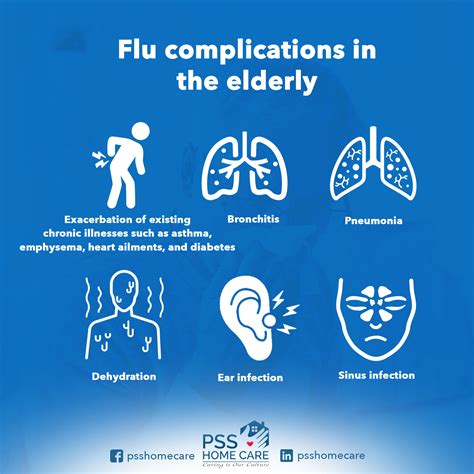The common cold and flu are two of the most prevalent illnesses that affect people of all ages, backgrounds, and geographic locations. While they share some similar symptoms, there are distinct differences between the two. Influenza, commonly known as the flu, is a highly contagious respiratory illness caused by the influenza virus. It can lead to severe complications, especially in vulnerable populations such as the elderly, young children, and people with compromised immune systems. Understanding the symptoms of the flu is crucial for early detection, treatment, and prevention of its spread.
The flu season typically runs from October to May, with the peak months being December, January, and February. During this time, the flu virus is more active, and the risk of infection is higher. The flu symptoms can range from mild to severe and can affect different people in various ways. Some individuals may experience a mild version of the flu, while others may develop more severe symptoms that require medical attention. It is essential to recognize the common flu symptoms to seek medical help when necessary and take preventive measures to avoid getting infected.
Influenza is a significant public health concern, and its impact should not be underestimated. According to the World Health Organization (WHO), the flu affects approximately 5-10% of adults and 20-30% of children worldwide each year. In the United States alone, the Centers for Disease Control and Prevention (CDC) estimates that the flu results in approximately 140,000 to 720,000 hospitalizations and 12,000 to 79,000 deaths annually. The economic burden of the flu is also substantial, with estimated costs ranging from $10.4 billion to $21.4 billion per year. Given the severity of the flu and its significant impact on public health, it is crucial to understand its symptoms, causes, and prevention methods.
Introduction to Flu Symptoms
The flu symptoms can be divided into two categories: common and severe. Common flu symptoms include fever, chills, cough, sore throat, runny or stuffy nose, headache, fatigue, and muscle or body aches. Severe flu symptoms, on the other hand, may include difficulty breathing, chest pain or pressure, severe headache or confusion, and severe vomiting. It is essential to recognize these symptoms to seek medical attention when necessary.
Cause of Flu Symptoms
The flu is caused by the influenza virus, which is spread through the air when an infected person talks, coughs, or sneezes. The virus can also be transmitted through close contact with an infected person or by touching contaminated surfaces. There are three main types of influenza viruses: A, B, and C. Type A and B viruses are responsible for the seasonal flu outbreaks, while type C viruses typically cause mild infections. The flu virus can also mutate, resulting in new strains that can lead to pandemics.
Types of Flu Viruses
There are several subtypes of the flu virus, including H1N1, H3N2, and B viruses. The H1N1 virus, also known as swine flu, is a subtype of the influenza A virus. It was responsible for the 2009 pandemic, which resulted in approximately 150,000 to 575,000 deaths worldwide. The H3N2 virus is another subtype of the influenza A virus, which is known to cause more severe illness in older adults. The B viruses are typically milder than the A viruses but can still cause significant illness, especially in children and young adults.
5 Common Flu Symptoms
The following are five common flu symptoms that people often experience:
* Fever: A high temperature, usually above 100.4°F (38°C), is a common symptom of the flu.
* Chills: Feeling cold, even if the body temperature is high, is another common flu symptom.
* Cough: A dry, hacking cough is a typical symptom of the flu, which can be severe and persistent.
* Sore throat: A sore, scratchy throat is a common flu symptom, which can make swallowing painful.
* Fatigue: Feeling extremely tired, weak, and lacking energy is a common flu symptom, which can last for several days.
Severe Flu Symptoms
Severe flu symptoms can include:
* Difficulty breathing: Shortness of breath, wheezing, or feeling like you're choking can be severe flu symptoms.
* Chest pain or pressure: Severe chest pain or pressure can be a sign of a severe flu complication, such as pneumonia.
* Severe headache or confusion: A severe headache, confusion, or disorientation can be a sign of a severe flu complication, such as encephalitis.
* Severe vomiting: Vomiting that is severe or persistent can lead to dehydration and other complications.
Flu Complications
The flu can lead to several complications, especially in vulnerable populations. Some common flu complications include:
* Pneumonia: A bacterial or viral infection of the lungs, which can be severe and life-threatening.
* Bronchitis: An inflammation of the bronchial tubes, which can cause coughing, wheezing, and shortness of breath.
* Sinus and ear infections: The flu can cause sinus and ear infections, which can lead to pain, pressure, and discharge.
* Dehydration: Severe vomiting, diarrhea, or fever can lead to dehydration, which can cause electrolyte imbalances and other complications.
Prevention and Treatment
Preventing the flu involves getting vaccinated, practicing good hygiene, and avoiding close contact with infected people. Treatment for the flu typically involves rest, hydration, and over-the-counter medications to relieve symptoms. In severe cases, antiviral medications may be prescribed to help reduce the severity and duration of the illness. It is essential to seek medical attention if you experience severe flu symptoms or if you are at high risk for complications.
Conclusion and Next Steps
In conclusion, understanding the flu symptoms, causes, and prevention methods is crucial for protecting yourself and your loved ones from this highly contagious illness. By recognizing the common and severe flu symptoms, you can seek medical attention when necessary and take preventive measures to avoid getting infected. Remember to get vaccinated, practice good hygiene, and avoid close contact with infected people to reduce the risk of infection. If you experience severe flu symptoms or are at high risk for complications, seek medical attention immediately.
What are the common flu symptoms?
+
The common flu symptoms include fever, chills, cough, sore throat, runny or stuffy nose, headache, fatigue, and muscle or body aches.
How is the flu spread?
+
The flu is spread through the air when an infected person talks, coughs, or sneezes, as well as through close contact with an infected person or by touching contaminated surfaces.
What are the severe flu symptoms?
+
Severe flu symptoms include difficulty breathing, chest pain or pressure, severe headache or confusion, and severe vomiting.
How can I prevent the flu?
+
Preventing the flu involves getting vaccinated, practicing good hygiene, and avoiding close contact with infected people.
What is the treatment for the flu?
+
Treatment for the flu typically involves rest, hydration, and over-the-counter medications to relieve symptoms, as well as antiviral medications in severe cases.
We hope this article has provided you with valuable information about the flu symptoms, causes, and prevention methods. If you have any further questions or concerns, please do not hesitate to comment below. Share this article with your friends and family to help spread awareness about the importance of flu prevention and treatment. Remember to take care of yourself and your loved ones during the flu season, and seek medical attention if you experience any severe flu symptoms.
